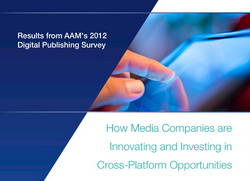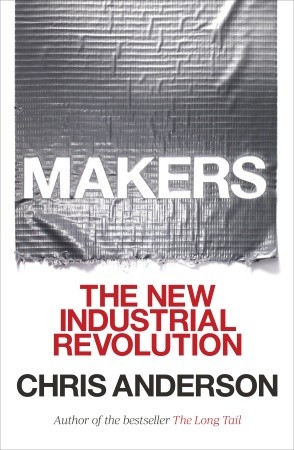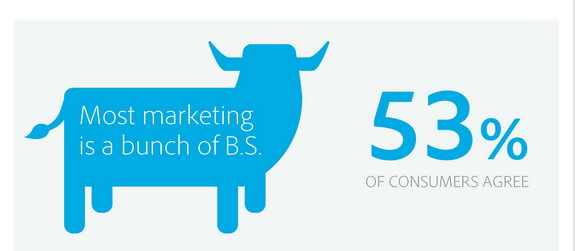 JWT has released their list of “100 Things to Watch in 2013.” It’s a fascinating read, especially if you are a solopreneur seeking to create or market new products or services.
JWT has released their list of “100 Things to Watch in 2013.” It’s a fascinating read, especially if you are a solopreneur seeking to create or market new products or services.
While things such as 3D Bioprinting seem a bit far out, the JWT report starts with a recap on the accuracy of previous “things-to-watch” forecasts. For example, the 2012 list included anywhere/any way shopping, smart clothing, and crowdsourced, online learning.
Here are 10 items in the report that might be of special interest to creative pros:
Patchwork Earnings
Sites such as Etsy and Kickstarter are enabling individuals to turn side projects into profitable ventures. Non-traditional career paths will become the norm and Millennials (and others) will cobble together income from a variety of sources.
Serialized Digital Fiction
JWT predicts that serialized fiction (which was popular in the 19th century) will experience a digital revival through sites such as Byliner and Amazon’s “Kindle Serials” program.
Prime Time for the Second Screen
JWT believes that this may be the year the Internet gains true legitimacy for its original programming.
Flexible Screens
Screens that bend and curve could begin entering the market this year, initially on phones and wearable devices. They are forecast to be common within five years.
Imperfection
Consumers increasingly value the authenticity of imperfect-looking products (such as homegrown vegetables). Marketers may begin showing more real people instead of models.
Ambushed by Amazon
JWT predicts that Amazon.com might ultimately prove to be an extremely disruptive force. They point out that while Amazon.com started out as a threat to booksellers, “it’s fast becoming Enemy No. 1 to retailers of all stripes now that it sells everything from high-end apparel to win and has shrunk its delivery times.”
Live-Streaming Life
People will use super-compact video cameras to live-stream their memories in real time.
Media that Gets to Know You
Media (video, audio, e-book content) will be tailored to individual consumers based on real-time data about each consumer.
Mobile-Optimized Goes Mainstream
Now that a growing proportion of smartphone users are accessing the Web primarily through their mobile devices, most marketers will strive to have their websites optimized for mobile by the end of 2013.
Responsive Web Design
More marketers will seek cross-platform web designs that adapt to different screen sizes and devices.
Super Stress Era
If 2012 left you feeling stressed out due to too much information and/or concerns about too little online privacy, JWT says you aren’t alone. In the “10 Trends for 2013” report they issued earlier this year, their experts contend that we’re entering “The Super Stress Era” and predicted that governments, employers, and brands will ramp up efforts to prevent and reduce stress.
In this “100 Things to Watch” report, JWT predicts that more people will seek the JOMO (Joy of Missing Out) by slowing down, savoring the moment, and focusing on what’s really important.
To filter out online annoyances, you will be able to use Web browser extensions to block social-media bores. If you dislike seeing political rants or baby pictures in your social-media news feeds, you will be able to have them automatically replaced with content that is more to your liking.
You will also be able to use stress-monitoring apps, buy products that earn the “Quiet Mark” seal of approval, and enjoy “privacy etiquette” rules to avoid over-sharing on social media. JWT also expects more people to retreat to nature to avoid the stresses of city living. We might also see more natural, organic elements in décor or more nature-themed entertainment.
JWT is a marketing communications firm that employs nearly 10,000 marketing professionals in more than 200 offices in over 90 countries. The JWT Intelligence group helps clients make sense of the chaos in a world of hyper-abundant information and constant innovation.
LINKS
JWT 100 Things to Watch in 2012







